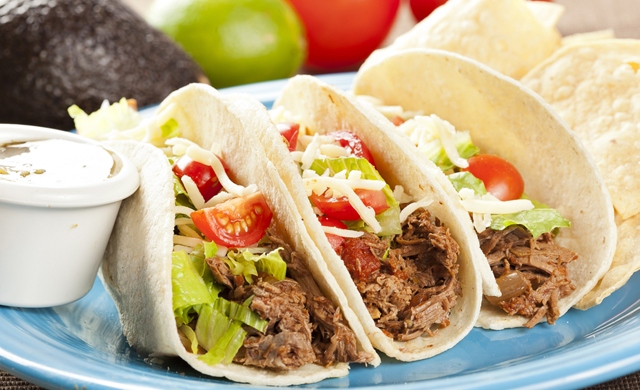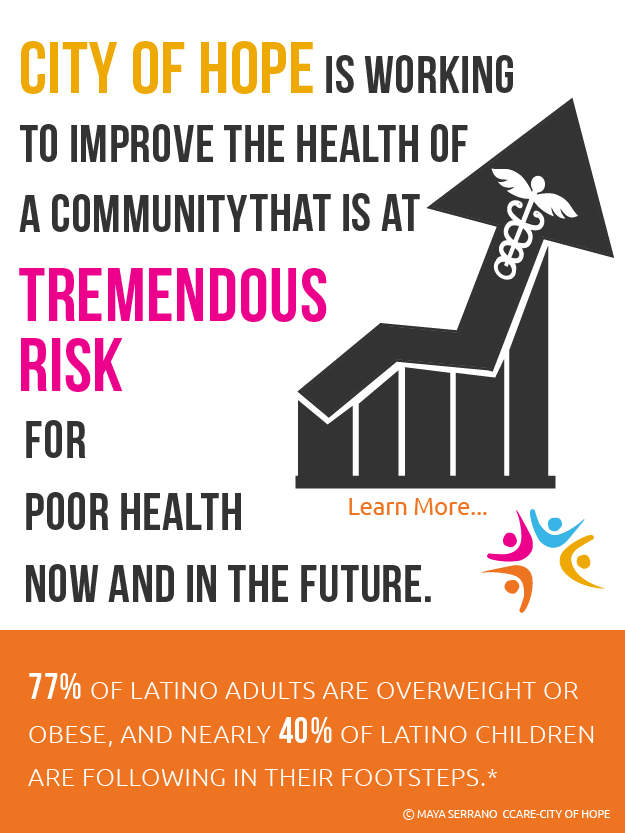
Do Latino Foods and Diabetes Mix?
05/05/2015 10:08AM | 15826 viewsLatin America includes Mexico, Central America, several Caribbean islands and territories, along with many South American countries. From tacos to paella to empanadas, we enjoy many Latin American specialties right here in the United States. While delicious, many of these traditional dishes can be high in calories, fat, and sodium if you’re not careful.
Many Latino dishes feature staple foods like beans, rice, and tortillas – all of which are highin carbohydrates. In addition, many Latino foods are prepared using cooking methods that add unhealthy amounts of fat and salt. But that doesn’t mean you have to ban tacos from your diet. There are plenty of tricks you can use to make sure the Latino food you prepare is nutritious while still being authentic and flavorful. Read on to find out more!
Quick Tricks to Healthier Latino Cuisine – Perfect for Cinco de Mayo
Cinco de Mayo is the most widely celebrated Mexican holiday in the United States. A Cinco De Mayo Fiesta usually means margaritas and lots of Mexican food, which can be overwhelming and stressful if you have diabetes or are trying to lose weight. But have no fear, there are ways to control your calorie and carb intake, and still celebrate like you mean it!
Fun Fact: You might be surprised to find out that Cinco de Mayo is not widely celebrated in Mexico. Many people think it is Mexico’s Independence Day, but it is actually a celebration of the unlikely victory of the Mexicans over the French in the Battle of Puebla during the French occupation, which took place on May 5th, 1862.
· Choose options that include fresh seafood, lean poultry, and beans as your protein source. Shrimp or black bean tacos and chicken fajitas are usually on the lighter side. Note that ½ cup of beans usually has about 15 grams of carbohydrate. If using ground meats, choose 93% lean ground turkey or ground sirloin beef for tacos, enchiladas, or tostadas.
· Make fresh salsa or black bean dip instead guacamole. Guacamole has healthy fats in it, but it is much higher in fat and calories. Store-bought salsa is low-calorie but is usually loaded with sodium. If you plan to have more than a tablespoon or two, fresh salsa is a much better option. You may want to try our featured recipe: Mango and Tomato Salsa.
· It is easy to overeat on snacks like tortilla chips. Measure out just one serving (usually about 10) so you can save room - and carbohydrates - for the main course. If you are out to eat at a restaurant that serves bottomless baskets of chips, ask the server to take away the basket to remove the temptation to graze before your meal arrives.
· Serve brown rice instead of white rice. Both have about the same amount of carbohydrate (about 15 grams in 1/3 cup) but brown rice is a whole grain and has more nutrients. Wild rice is also a whole grain, so mix it up and try using wild rice or a mix of wild and brown rice.
· Whether you are eating at home or are out at a party, use the plate method. Fill ½ of your plate with non-starchy vegetables. Try greens with cooked peppers, onions, and salsa served over them. Then, fill ¼ of your plate with a lean protein option, and ¼ of your plate with a starchy food, like beans and/or brown rice.
· Use healthy cooking methods. It’s a great time of year to fire up the grill to cook your chicken, fish, or even vegetables outdoors. You can also try baking, steaming, or broiling. Reduce the amount of fat you use when cooking, and avoid using unhealthy fats like lard and butter. Small amounts of vegetable oil, olive oil, or cooking spray are better options.
· Use dried beans when possible. They are lower in sodium than canned varieties. If cooking dried beans is foreign to you, you may want to check out our video: Dried Beans – A Good Way to Go. Canned beans are also a low-cost, convenient option. Always drain and thoroughly rinse canned beans to remove excess sodium.
· If you are buying canned refried beans, buy fat-free varieties. Better yet, make your own by blending whole black or pinto beans in the food processor with some spices.
· Go easy on the cheese. It is high in saturated fat and in sodium. Queso fresco, a traditional Mexican cheese is also a great choice if used in moderate amounts. You can also try reduced-fat cheeses, but remember to keep your portion size in check.
· Substitute non-fat Greek yogurt or non-fat plain yogurt for sour cream. These substitutions have a similar taste and texture for much less calories and fat than sour cream.
· Use corn tortillas or whole wheat tortillas. Regular tortillas are usually made with white flour and lack the nutrients that these whole grain foods provide.
· Don’t go crazy with the margaritas. This is a tough one. Margaritas and other mixed drinks can easily have over 500 calories and 50 grams of carbohydrate in just one serving! Consider light Mexican beer or a dry wine if you choose to drink alcohol.
When deciding what dish to make for dinner or what to bring to the party, choose from this month’s recipes. If you are looking for more healthy Latino recipes, check out this month’s featured cookbook Cooking for Latinos with Diabetes (Cocinando para Latinos Con Diabetes).
- See more at: http://www.diabetes.org/mfa-recipes/tips/2012-05/do-latino-foods-and-diabetes.html#sthash.XWDY4cQJ.dpuf












Post your Comment
Please login or sign up to comment
Comments